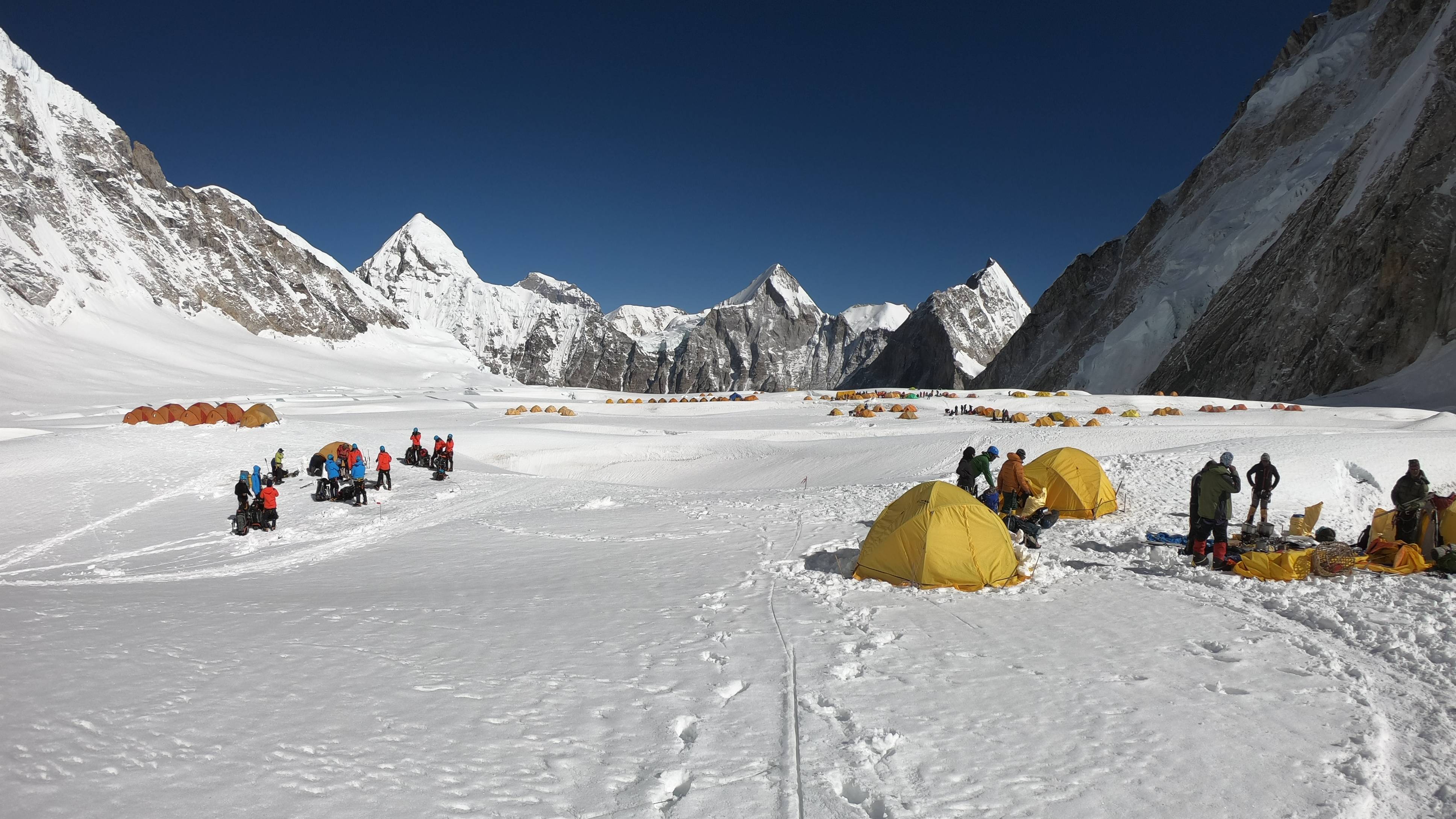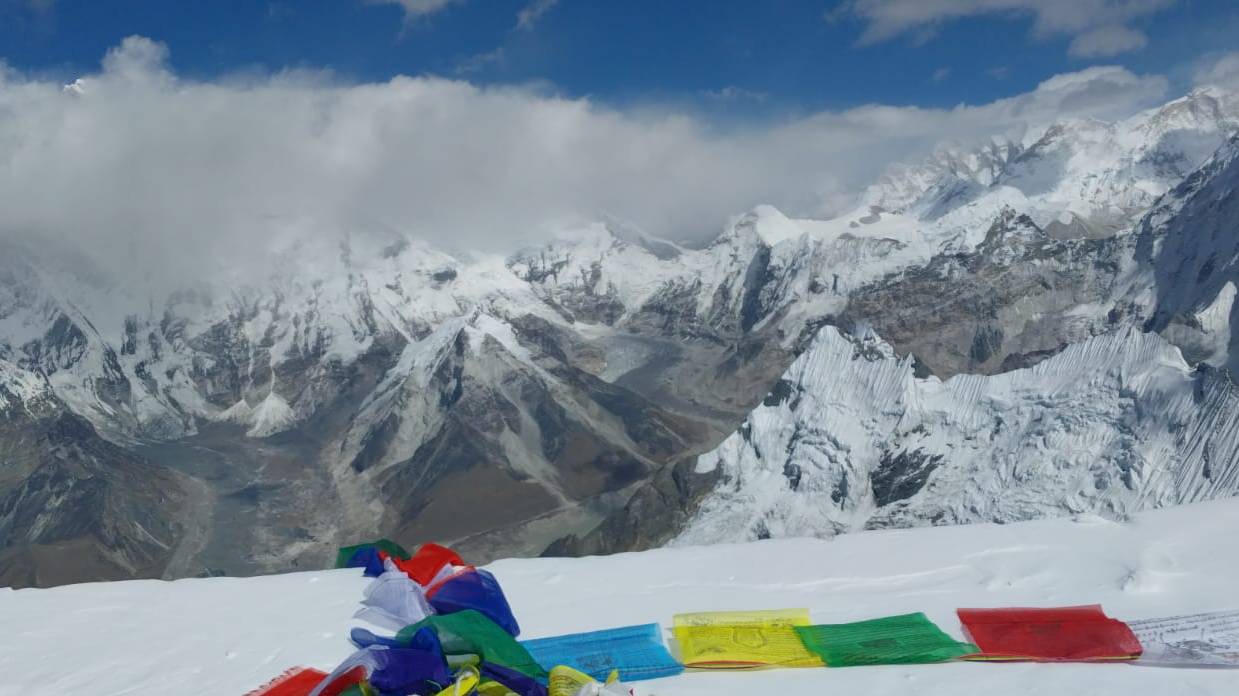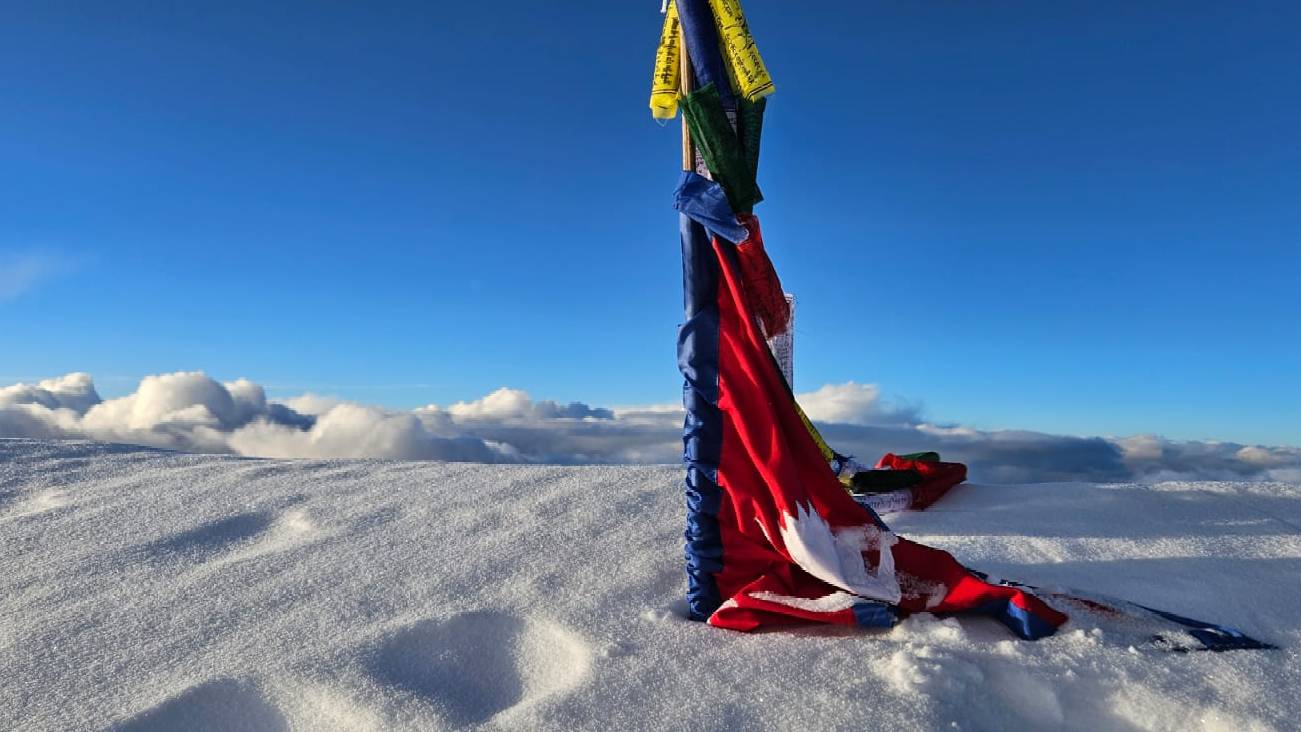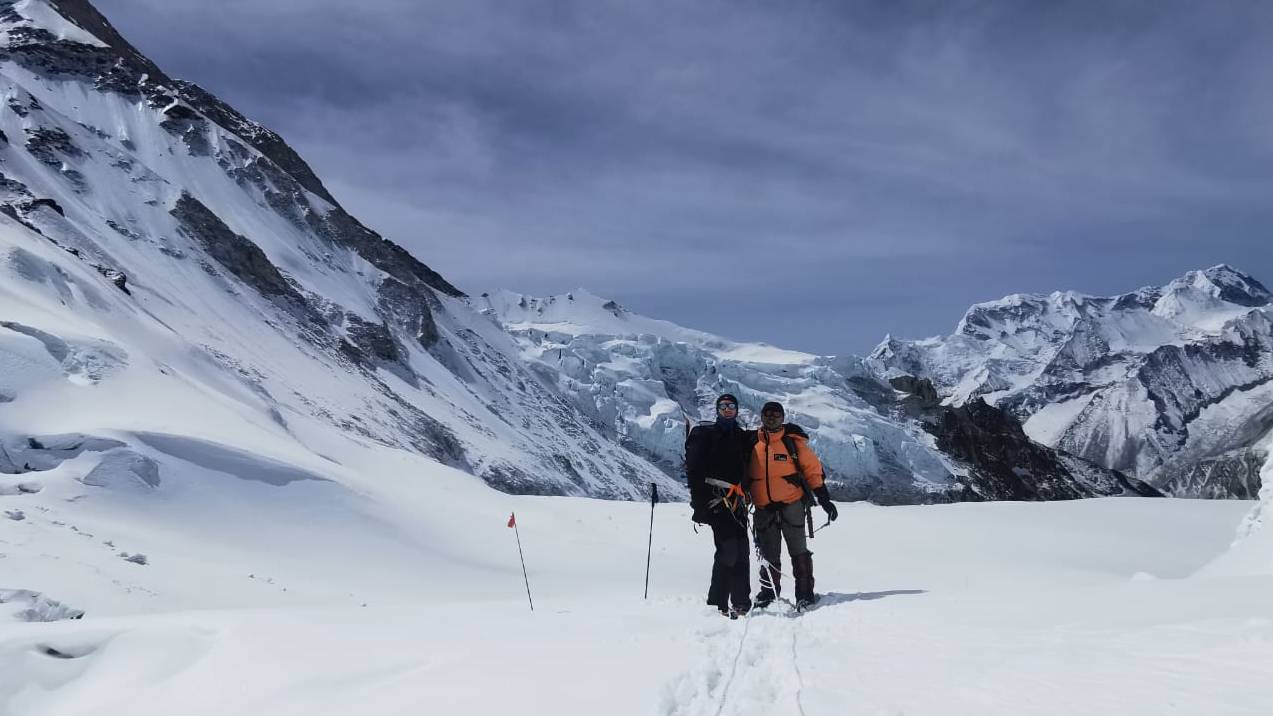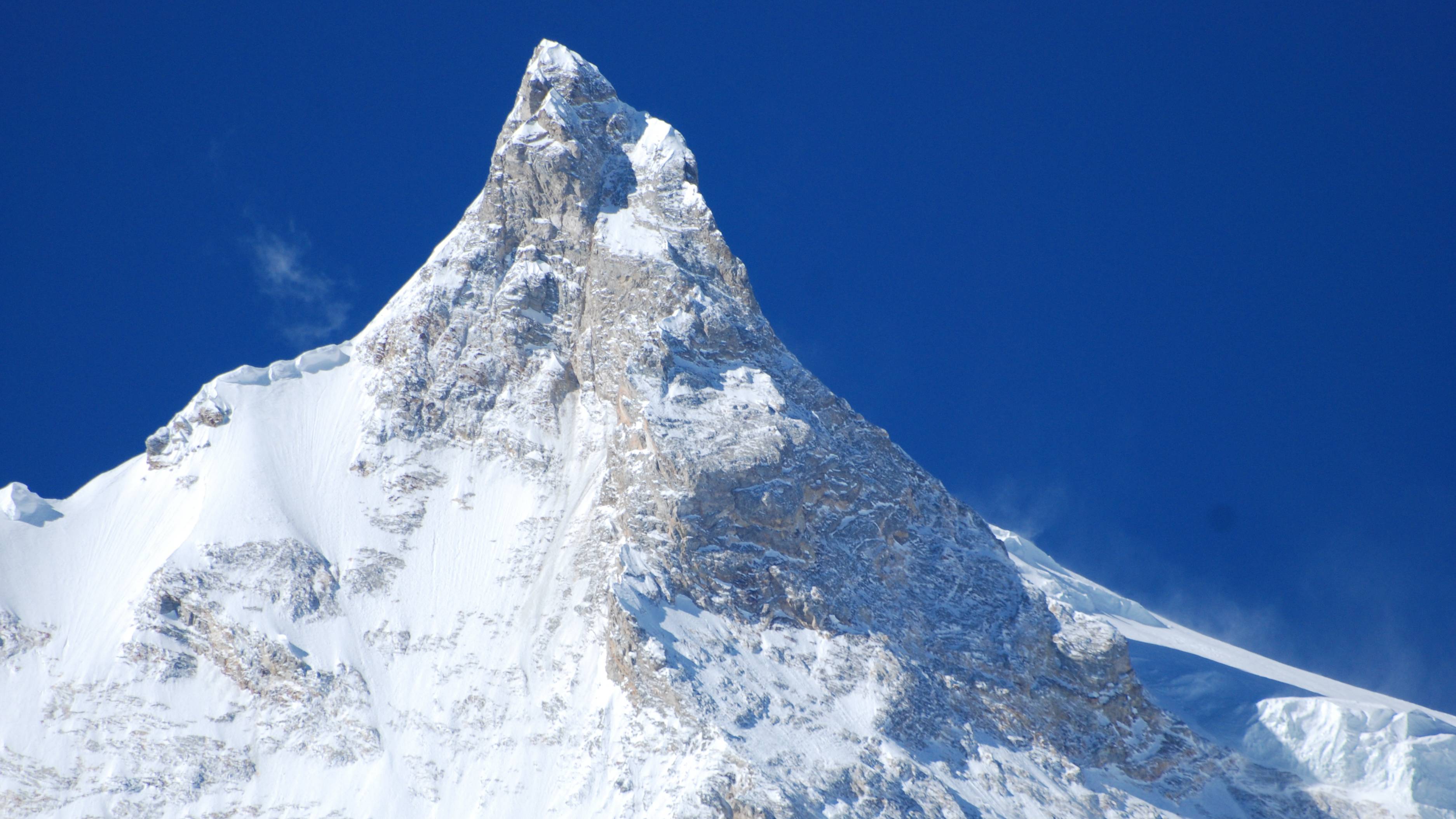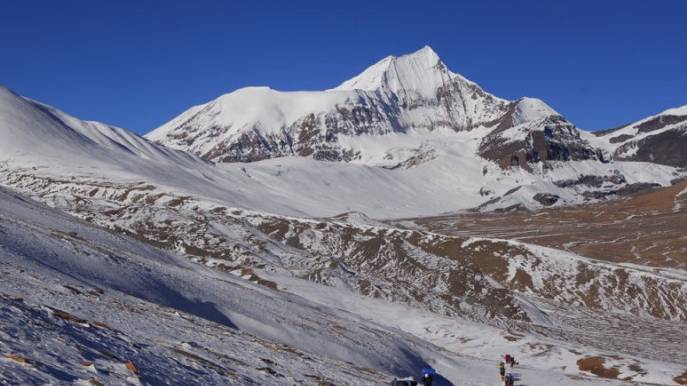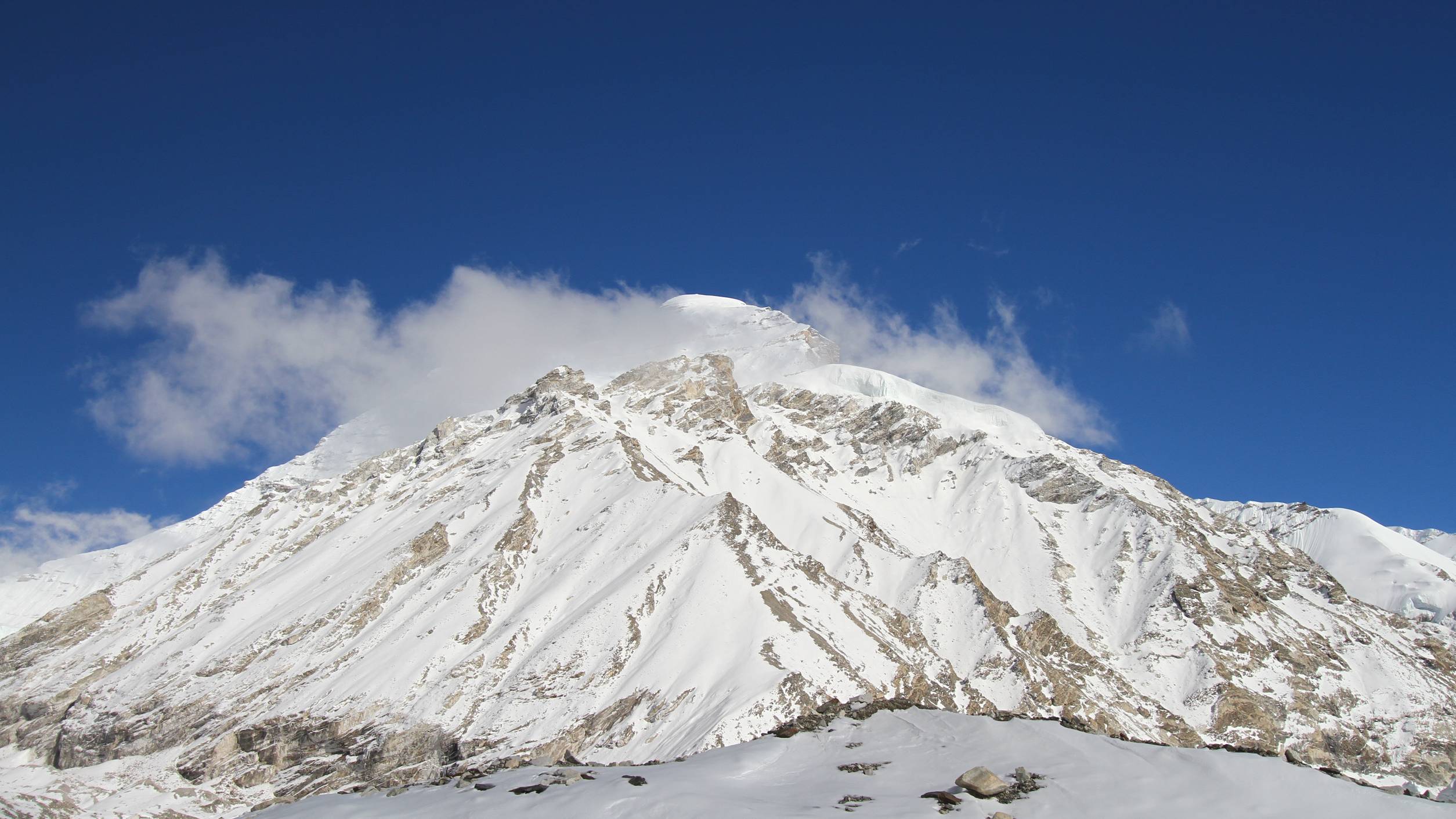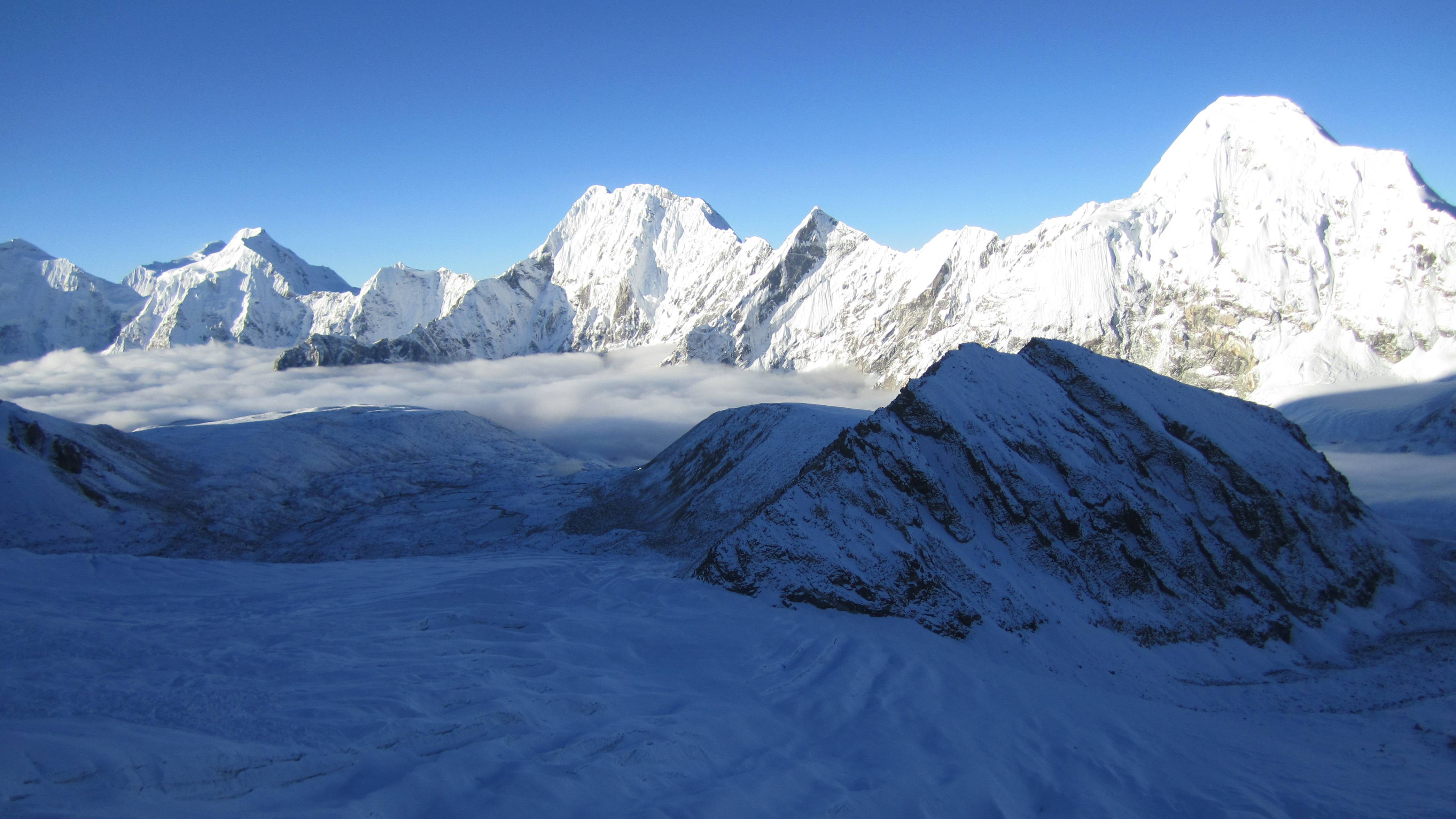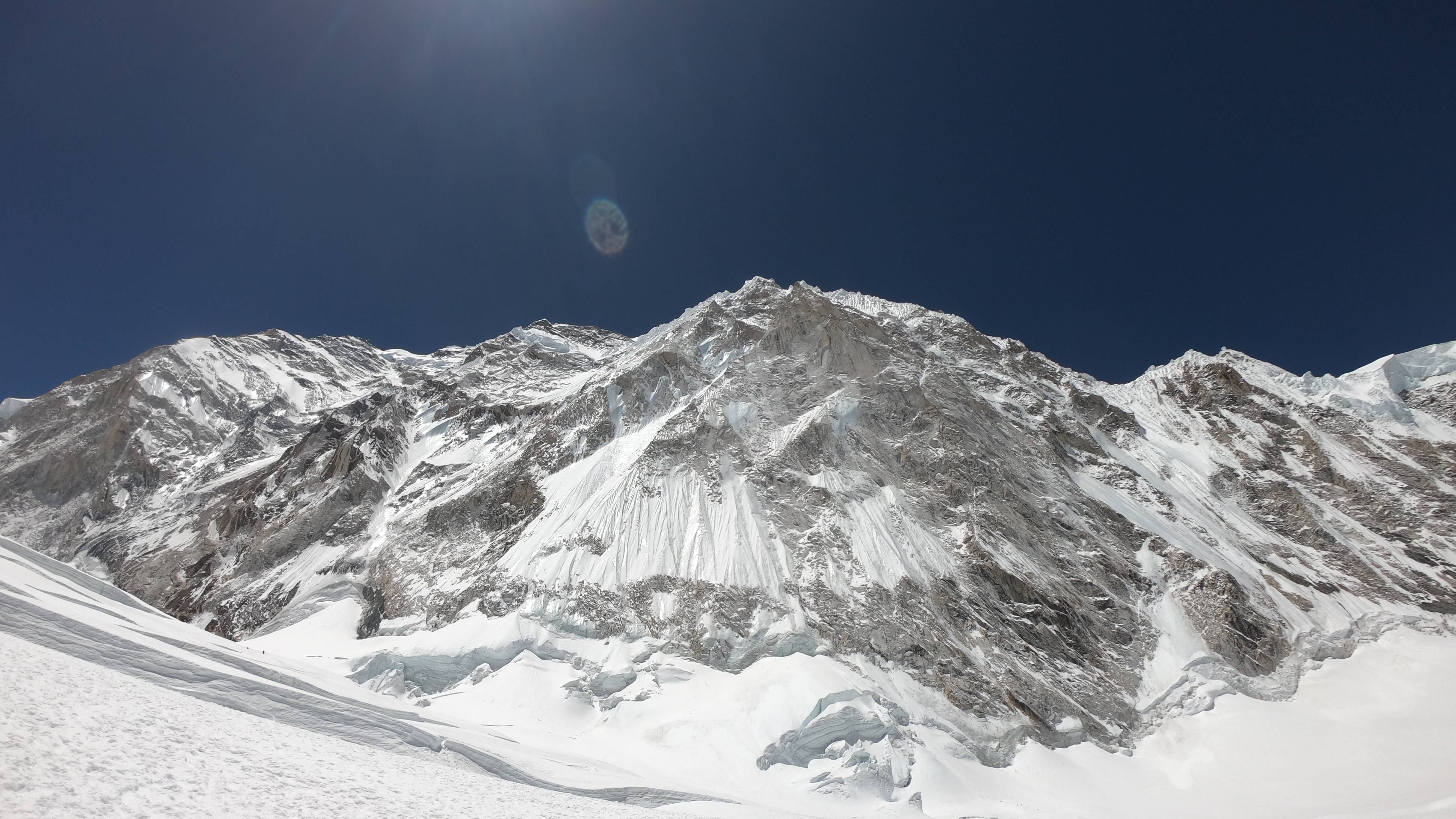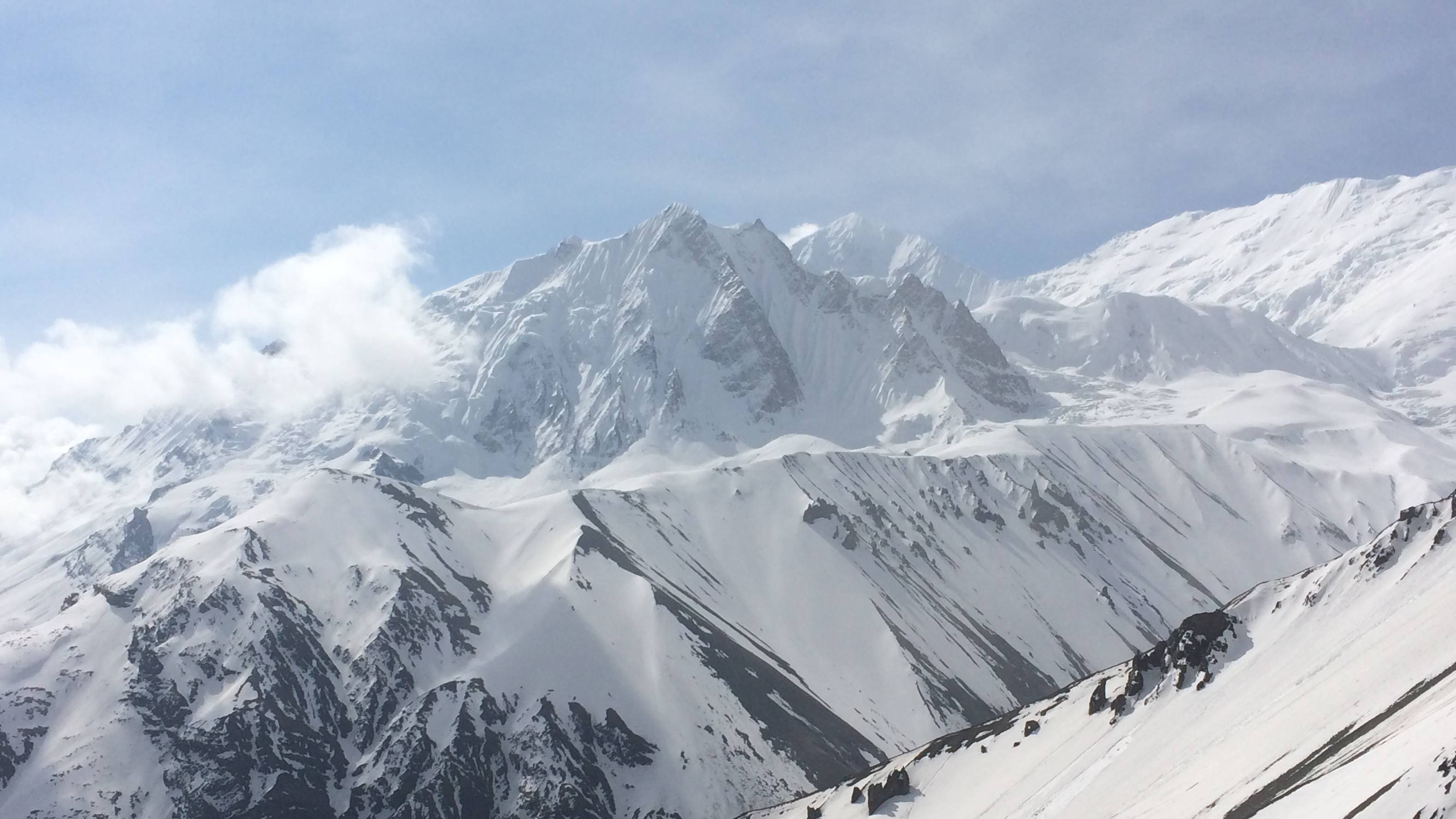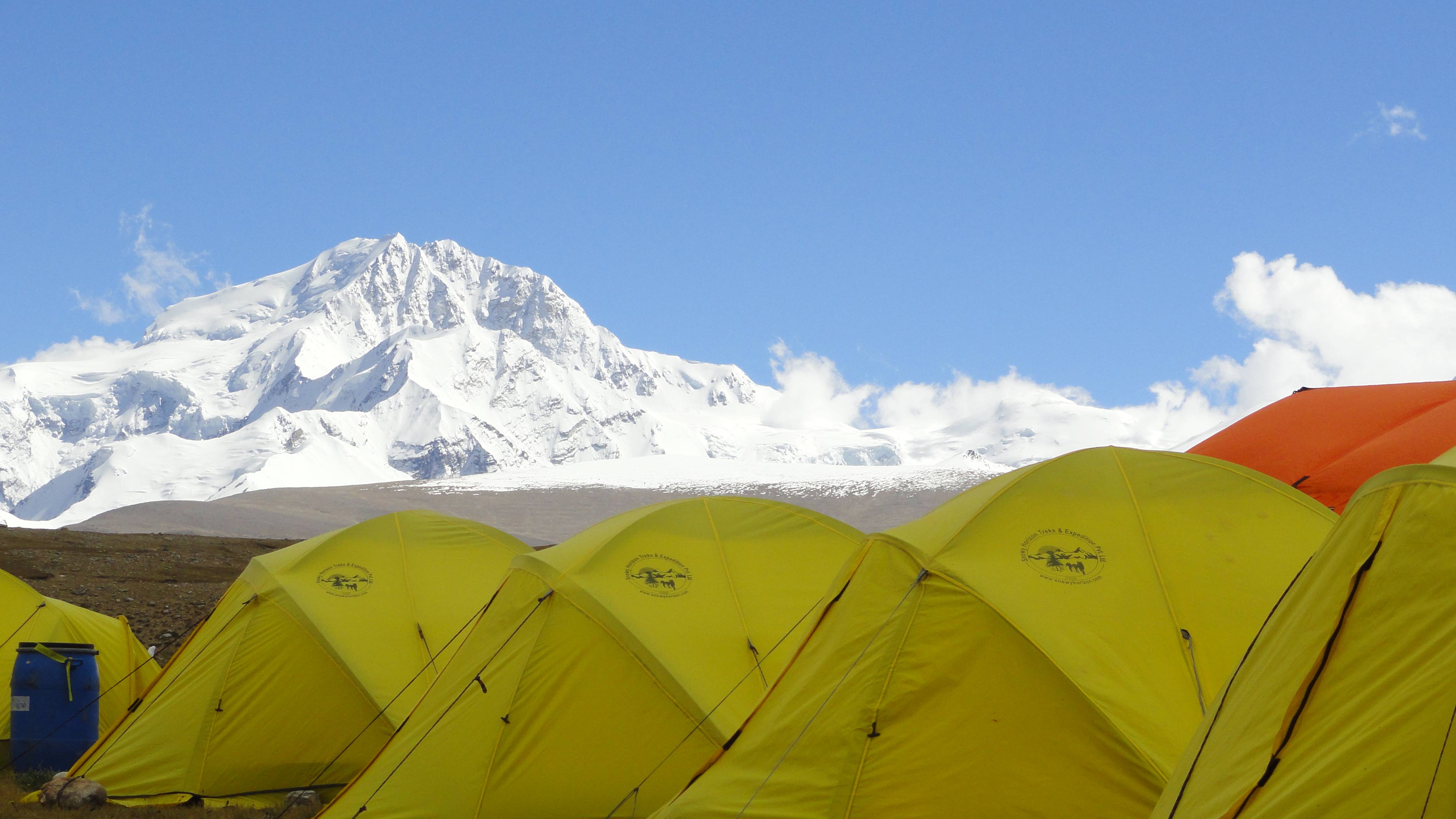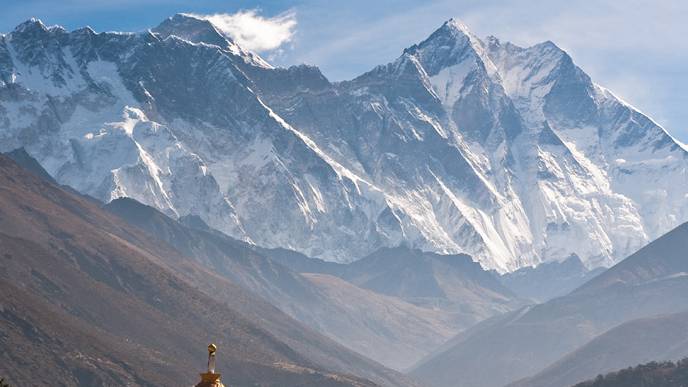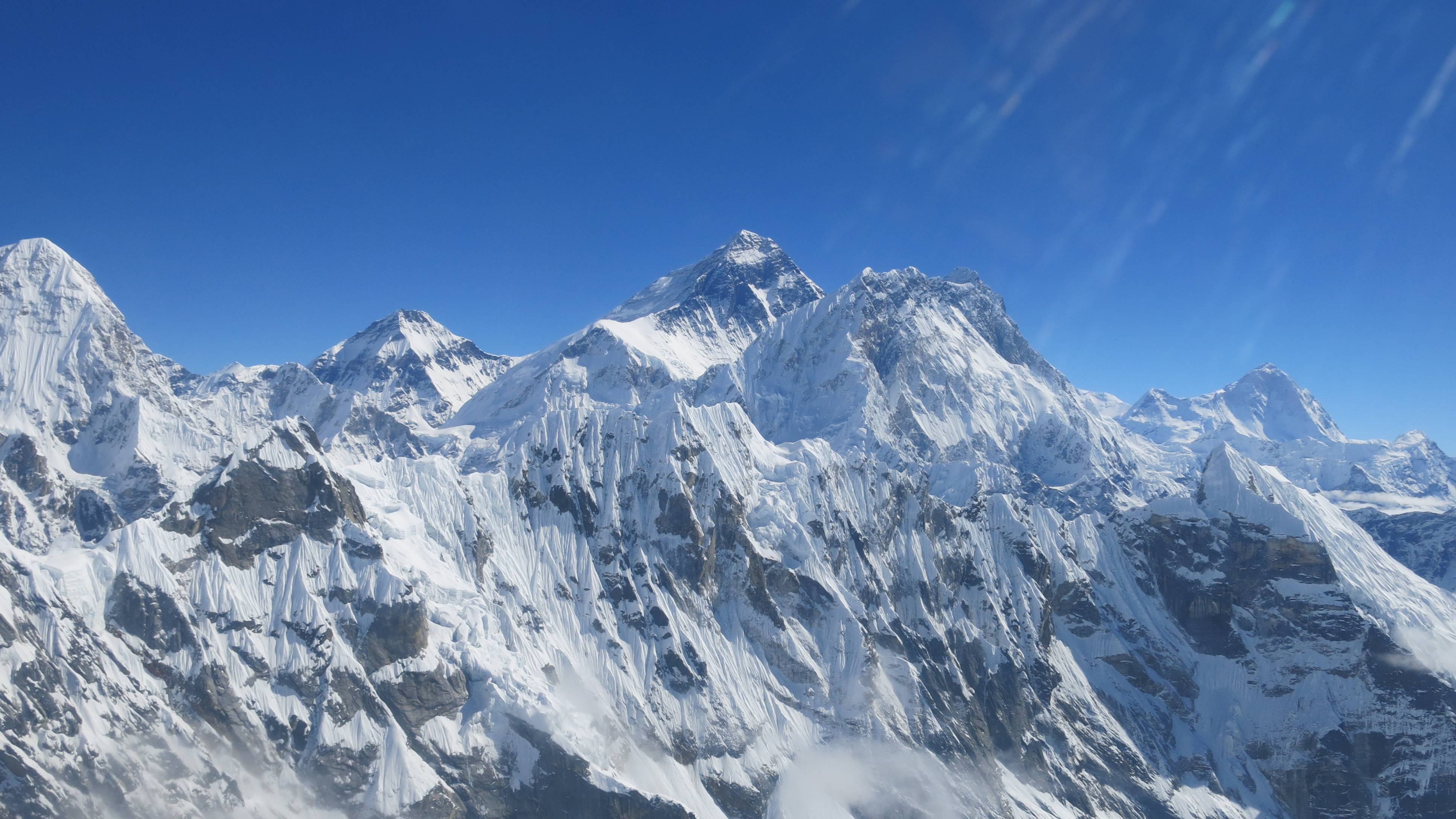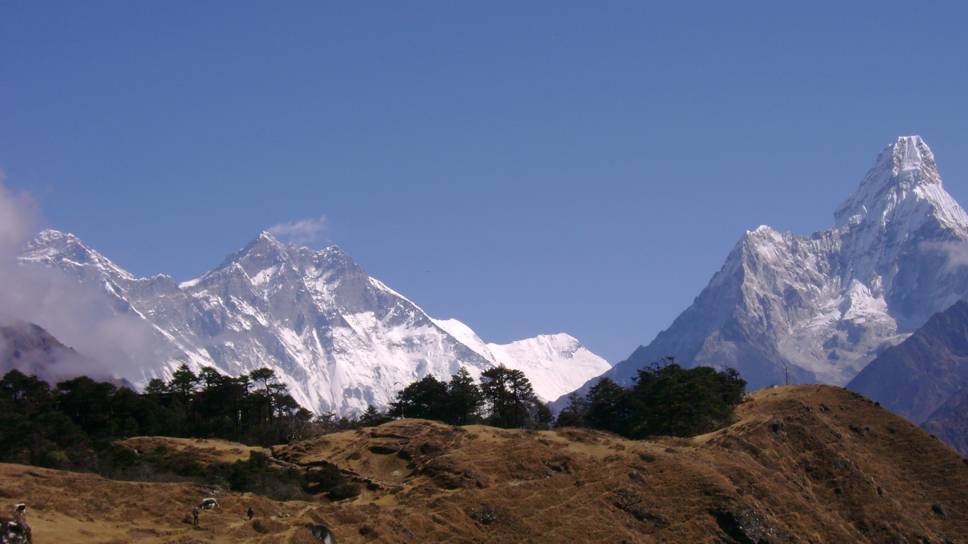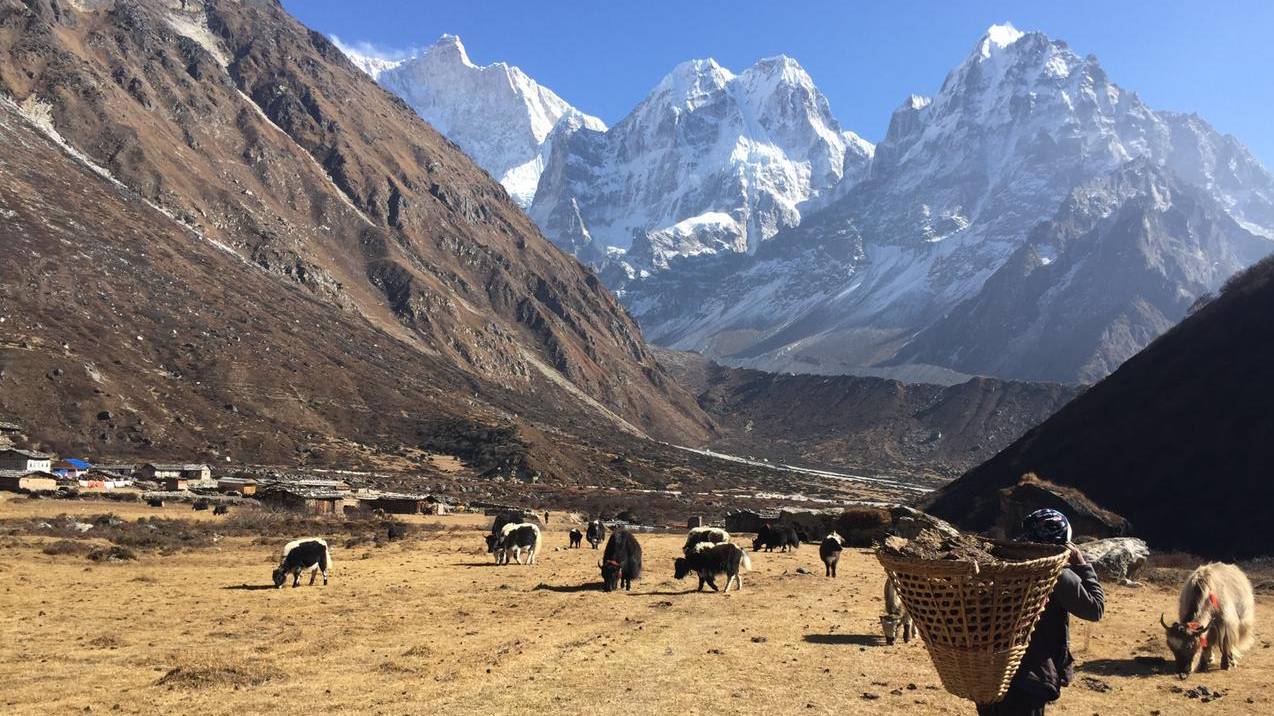Everest Panorama Trek
Overview
“Explore and experience the Everest Panorama with typical indigenous Sherpas' legendary culture in Khumbu Region within your short holidays in association with Team Snowy Horizon through Everest Panorama view Trekking.”
Usually, when the trekkers have a short period of their holidays and prefer to experience the Mt. Everest “The Roof of the World”, as closely as possible with their bear eyes and do not have enough time to reach Everest Base camp, we have the best choice for them to select the Everest Panorama View Trek. Everest Panorama View trek is one of the perfect treks to explore the most beautiful elements of the Khumbu, experiencing some of the unique culture, fauna and flora of the Himalayas.
The Everest Panorama Trek begins after a 35-minute scenic direct flight from Kathmandu or a private drive about 135km to Manthali Airport, Ramechhap then fly to Lukla, the unique Sherpa Town in Khumbu Region. From Lukla, you start your walk toward the path along with the side of Dudh Koshi River to reach Phakding for your first overnight stop in Mountain, before you make your way up to Namche Bazaar. Namche Bazaar is a trading outpost where the Tibetan and Nepalese people sell their wares. You have an extra day at Namche to get a view of Everest, and surrounding mountains and walk up to Khumjung village where the "Yeti Scalp" is kept in a Monastery there. This can be a test to experience a Himalayan trekking Holiday.
Namche Bazaar is a village in the Khumbu region of Nepal, which is one of the major attractions of the Everest Panorama Trek. Namche is located at 3,440 meters; it is a gateway to the high Himalayas. Namche Bazaar is the administrative center for the Khumbu region. The village has many hotels and shops where one can make their stay more enjoyable and find anything required for trekking. During the rest day in Namche Bazaar, one can make an excursion to the small air steep to Syangboche and can visit a Hotel Everest View from where you can get a closeup view of the world’s greatest mountains, Everest, Lhotse, Ama Dablam, Nuptse, Thamserku, Tawache and many other unnamed mountains and peaks.
Snowy Horizon Treks offers you the best possible services to the trekkers requiring the Everest Panorama View Trek combined with the Kathmandu Valley cultural tour as an add-on.
Day-to-Day Itinerary:
Day 01: Arrival at Kathmandu Airport and transfer to hotel.
Day 02: Rest, last-minute shopping, preparation and briefing in Kathmandu.
Day 03: Drive to Manthali, Fly to Lukla (2800m) trek to Phakding (2610m-4 Hrs.); lodge.
Day 04: Trek from Phakding to Namche Bazaar (3440m-7 Hrs.); lodge.
Day 05: Explore Namche Bazaar, and hike up & down to Hotel Everest View; lodge.
Day 06: Trek back from Namche Bazaar to Lukla (2800m-8 Hrs.); lodge.
Day 07: Fly to Manthali, Drive to Kathmandu, transfer to Hotel.
Day 08: Kathmandu city tour and farewell dinner, hotel.
(Swayambhunath, Durbar Square, Pashupatinath and Bouddhanath),
Day 09: Transfer to the airport for final departure.
Day-to-Day Itinerary:
Day 01: Arrival at Kathmandu Airport and transfer to hotel.
Day 02: Rest, last-minute shopping, preparation and briefing in Kathmandu.
Day 03: Drive to Manthali, Fly to Lukla (2800m) trek to Phakding (2610m-4 Hrs.); lodge.
Day 04: Trek from Phakding to Namche Bazaar (3440m-7 Hrs.); lodge.
Day 05: Explore Namche Bazaar, and hike up & down to Hotel Everest View; lodge.
Day 06: Trek back from Namche Bazaar to Lukla (2800m-8 Hrs.); lodge.
Day 07: Fly to Manthali, Drive to Kathmandu, transfer to Hotel.
Day 08: Kathmandu city tour and farewell dinner, hotel.
(Swayambhunath, Durbar Square, Pashupatinath and Bouddhanath),
Day 09: Transfer to the airport for final departure.
Full Board Service Cost : Please contact us by email or call us
Cost Include
- Arrival and departure transfers to and from Airports.
- 3 Nights Kathmandu and 1 Night Mulkot Hotel accommodation BB Plan.
- Transfers to Ramechhap Airport fly to Ramechhap-Lukla-Ramechhap for members and a guide.
- Three meals a day (BLD-tea-coffee) and twin sharing teahouse accommodation during the trek.
- 15 Kg Baggage allowance for trekking per person carried by porter (s).
- Experienced trekking guide during trekking as per group size.
- National Park entry fee (Sagarmatha National Park)
- TIMS card /Khumbu-Pasang Lhamu Village entry permits.
- All wages and medical insurance for the guide and porters.
- First Aid medical kits for the Group and the staffs.
- Free assistance service for cargo and duty clearance on domestic flights.
- Our service charge and Government Taxes levied in Nepal.
- Complete pre-departure information.
Cost Exclude
- Lunch and Dinner during your stay in Kathmandu (except farewell dinner)
- Items of personal nature, Laundry, internet Expenses, Tips
- Clothing, Packing Items or Bags, Personal Medical Kit, Personal Trekking Gears
- Rescue, repatriation, medicines, medical tests and hospitalization expenses for clients.
- Tips, gifts, souvenirs.
- Any other item not included in the “Package Include” section.
Notes
- The itinerary is changeable and modifiable as per the needs and time frame of trekkers.
- The cost will be re-calculated if the itinerary is changed or modified.
- Additional activities may be added as per trekkers' request with appropriate additional cost.
- The cost may also be affected due to the requirement for the number of guides and porters.
- For any kind of change please contact us by mail or call.
- Grade: Moderate Climb
- Elevation: 3850m
- Location: Nepal / Everest Region
- Season: September to December & March to May.
- Duration: 09 Days
- Group Size: 02-15 person per Group

